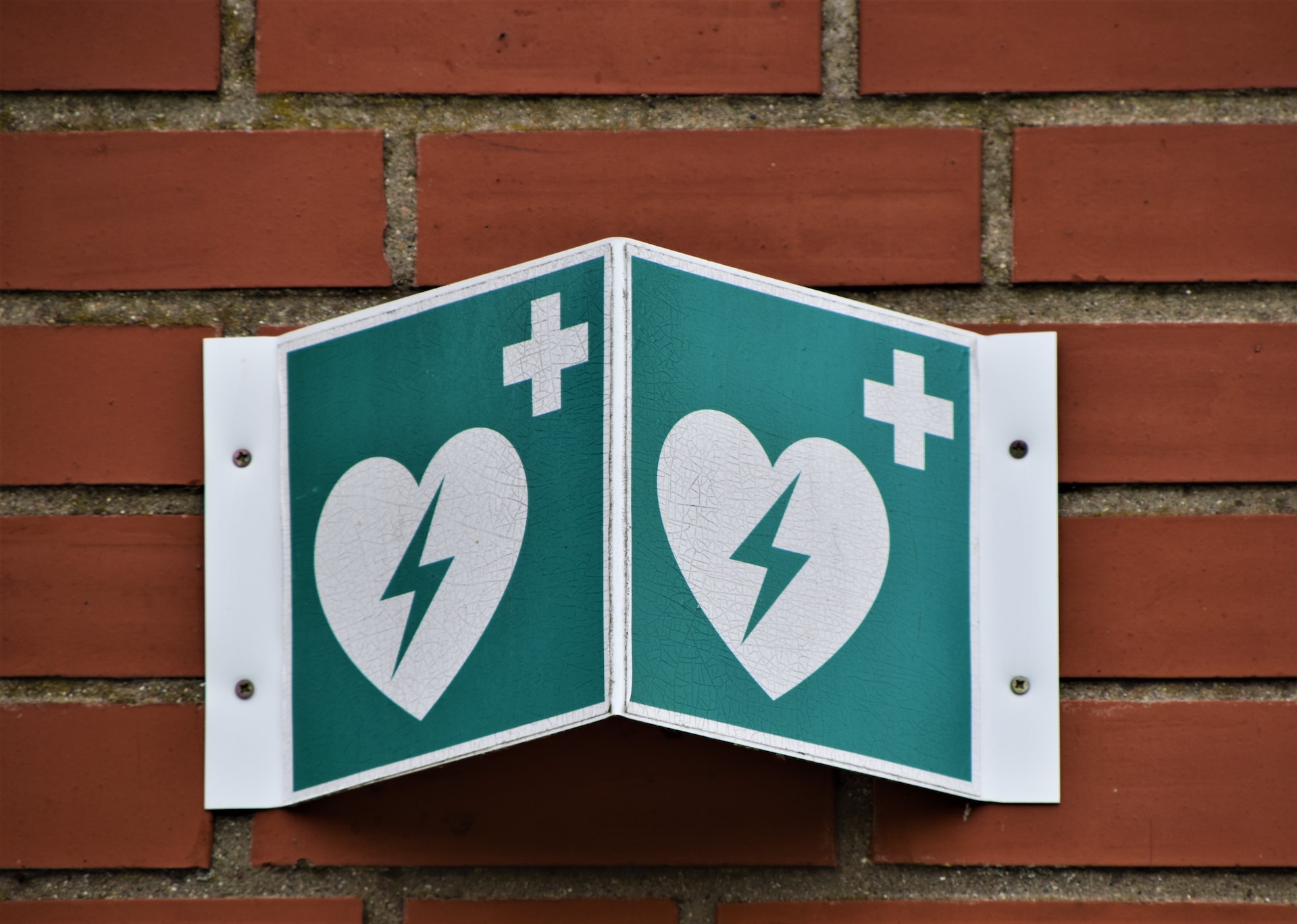Asherman syndrome is a rare condition that affects the uterus. It can cause infertility and other problems. In this article, you will learn:
- What is Asherman syndrome and what are its symptoms?
- What causes Asherman syndrome and how can it be prevented?
- How is Asherman syndrome diagnosed and treated?
- What is the outlook for women with Asherman syndrome?
What is Asherman Syndrome and What are its Symptoms?
Asherman syndrome is when scar tissue forms inside the uterus or the cervix. The uterus is where a baby grows during pregnancy. The cervix is the lower part of the uterus that connects to the vagina.
The scar tissue can reduce the space inside the uterus and interfere with the normal functioning of the endometrium. The endometrium is the lining of the uterus that sheds during menstruation and prepares for the implantation of a fertilized egg.
This syndrome can cause various symptoms, such as:
- Light or absent periods (amenorrhea or hypomenorrhea).
- Pelvic pain or cramping.
- Difficulty getting pregnant or staying pregnant.
- Recurrent miscarriages or stillbirths.
Asherman syndrome is not very common, but it may be underdiagnosed because some women may not have any symptoms or may not seek medical attention. The exact prevalence of Asherman syndrome is unknown, but some studies estimate that it affects between 1.5% and 6.4% of women who have had a dilation and curettage (D&C) procedure, which is one of the main risk factors for developing this condition.
What Causes Asherman Syndrome and How Can It Be Prevented?
Asherman syndrome is an acquired condition, which means that it develops as a result of some injury or trauma to the uterus. The most common cause of Asherman syndrome is a D&C procedure, which involves scraping or suctioning out the contents of the uterus to remove tissue after a miscarriage, an abortion, or a retained placenta after childbirth. A D&C can damage the basal layer of the endometrium, which is responsible for regenerating the functional layer that sheds during menstruation and supports pregnancy. When the basal layer is injured, scar tissue can form and block or narrow the uterine cavity.
Other possible causes of Asherman syndrome include:
- Cesarean section (C-section), especially if there is infection or excessive bleeding.
- Hysteroscopy, a procedure that uses a thin instrument to examine or treat the inside of the uterus.
- Myomectomy, a surgery to remove fibroids (noncancerous growths) from the uterus.
- Endometrial ablation, a procedure that destroys the lining of the uterus to treat heavy bleeding.
- Pelvic infections, such as genital tuberculosis, chlamydia, gonorrhea, or pelvic inflammatory disease (PID).
- Cancer treatments, such as radiation therapy or chemotherapy.
The syndrome cannot be completely prevented, but there are some steps you can take to reduce your risk of developing this condition, such as:
- Avoiding unnecessary D&C procedures or opting for less invasive alternatives, such as medication or suction aspiration, to remove tissue from the uterus after a miscarriage, an abortion, or a retained placenta.
- Seeking prompt medical attention if you have signs of infection, such as fever, pain, bleeding, or discharge, after a uterine surgery or procedure.
- Following your doctor’s instructions and taking antibiotics if prescribed after a uterine surgery or procedure.
- Getting tested and treated for sexually transmitted infections (STIs) that can cause pelvic infections, such as chlamydia, gonorrhea, or genital tuberculosis.
- Practicing safe sex by using condoms or other barrier methods to prevent STIs.
How is Asherman Syndrome Diagnosed and Treated?
Asherman syndrome can be difficult to diagnose because it may not cause any symptoms or may mimic other conditions, such as hormonal imbalances, polycystic ovary syndrome (PCOS), endometriosis, or uterine fibroids. Therefore, it is important to consult a doctor if you have any of the following signs:
You have had a D&C or another uterine surgery in the past and you experience changes in your menstrual cycle, such as lighter or shorter periods, irregular bleeding, or no periods at all.
- You have trouble getting pregnant or you have had multiple miscarriages or stillbirths without any known cause.
- You have pelvic pain or discomfort that does not go away with painkillers or anti-inflammatory drugs.
To diagnose this syndrome, your doctor may perform one or more of the following tests:
-
Pelvic exam:
Your doctor will examine your vagina, cervix, and uterus to check for any abnormalities or signs of infection.
-
Ultrasound:
Your doctor will use sound waves to create an image of your uterus and ovaries to look for any scar tissue, adhesions, or other problems.
-
Hysterosalpingogram (HSG):
Your doctor will inject a dye into your uterus and fallopian tubes and take an X-ray to see if there are any blockages or narrowing in your reproductive organs.
-
Hysteroscopy:
Your doctor will insert a thin instrument with a light and a camera into your uterus through your vagina and cervix to see inside your uterine cavity and identify any scar tissue or adhesions. This test can also be used to treat Asherman syndrome by removing the scar tissue with surgical instruments or lasers.
The main goal of treatment for this syndrome is to restore the normal shape and function of the uterus and improve fertility. The treatment options depend on the severity and location of the scar tissue, as well as your personal preferences and goals.
The most common treatment for this syndrome is hysteroscopic adhesiolysis, which involves using hysteroscopy to cut or remove the scar tissue from inside the uterus. This procedure can be done under local or general anesthesia in an outpatient setting. The success rate of hysteroscopic adhesiolysis varies depending on the extent and location of the adhesions, but it can range from 70% to 90%.
After hysteroscopic adhesiolysis, your doctor may prescribe you hormonal therapy, such as estrogen or progesterone, to stimulate the growth of the endometrium and prevent the recurrence of scar tissue. You may also need to use a device called an intrauterine balloon or stent, which is inserted into your uterus to keep it open and prevent the walls from sticking together. You will need to follow up with your doctor regularly to monitor your recovery and check for any complications.
If hysteroscopic adhesiolysis is not successful or not possible, you may need to consider other treatment options, such as:
-
Laparoscopy:
Your doctor will make small incisions in your abdomen and insert a thin instrument with a light and a camera to see and treat your uterus from outside. This procedure can be used to remove scar tissue that is too deep or extensive to be reached by hysteroscopy.
-
Uterine transplant:
This is a very rare and experimental procedure that involves transplanting a healthy uterus from a donor into a woman with Asherman syndrome. This procedure is only done in a few centers around the world and has many risks and ethical issues.
-
Surrogacy:
This is an option for women who cannot carry a pregnancy in their uterus due to this syndrome or other reasons. It involves using another woman’s uterus to carry your baby, either with your own eggs or donor eggs.
-
Adoption:
This is an option for women who want to have a child but cannot conceive or carry a pregnancy due to Asherman syndrome or other reasons. It involves legally taking care of a child who is not biologically related to you.
What is the Outlook for Women with Asherman Syndrome?
The outlook for women with Asherman syndrome depends on several factors, such as:
- The severity and location of the scar tissue.
- The type and success of the treatment.
- The age and overall health of the woman.
- The presence of other fertility problems.
In general, women with mild to moderate Asherman syndrome have a good chance of restoring their menstrual function and fertility after treatment. However, women with severe Asherman syndrome may have permanent damage to their uterus and may not be able to conceive or carry a pregnancy. In these cases, they may need to consider alternative options to have a child, such as surrogacy or adoption.
Asherman syndrome can also affect the emotional and psychological well-being of women who suffer from this condition. They may experience feelings of grief, anger, frustration, guilt, or depression due to their infertility or pregnancy loss. They may also face challenges in their relationships with their partners, family, friends, or society. Therefore, women with this syndrome need to seek professional help and support from their doctors, counselors, therapists, support groups, or online communities.
FAQs:
-
Can I get pregnant with Asherman syndrome?
It depends on how much scar tissue you have in your uterus and where it is. Some women with mild or moderate Asherman syndrome can still get pregnant naturally or with help from fertility treatments. However, some women with severe Asherman syndrome may not be able to get pregnant at all or may have problems during pregnancy.
-
How long does it take to recover from hysteroscopic adhesiolysis?
This is a procedure that removes the scar tissue from your uterus using a thin instrument with a light and a camera. You can usually go home on the same day or the next day after the procedure. You may have some pain, cramping, bleeding, or discharge for a few days. You should avoid sex, tampons, douches, and swimming for about two weeks. You should also take hormones and use an intrauterine device as your doctor tells you.
-
What are the risks and complications of hysteroscopic adhesiolysis?
This is a safe and effective procedure, but like any surgery, it has some risks and complications. These include:
-
- Infection
- Bleeding
- Perforation of the uterus or cervix
- Damage to the bladder, bowel, or blood vessels
- Recurrence of scar tissue or adhesions
- Incomplete removal of scar tissue or adhesions
- Uterine atrophy (shrinking of the uterus)
- Uterine synechiae (bridges of scar tissue between the walls of the uterus)
- Endometrial hypoplasia (thinning of the endometrium)
- Intrauterine adhesions (bands of scar tissue inside the uterus)
If you have any questions or concerns about Asherman syndrome, please talk to your doctor. They can provide you with more information and guidance on how to manage this condition and improve your chances of having a healthy pregnancy and a happy family.





